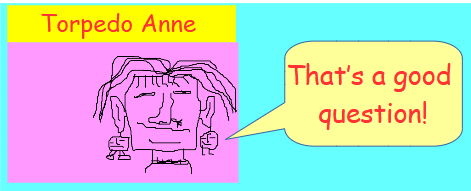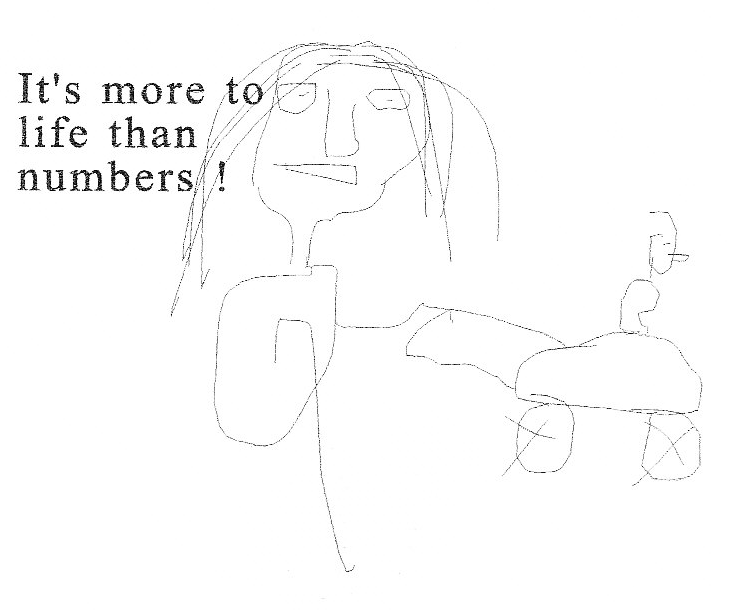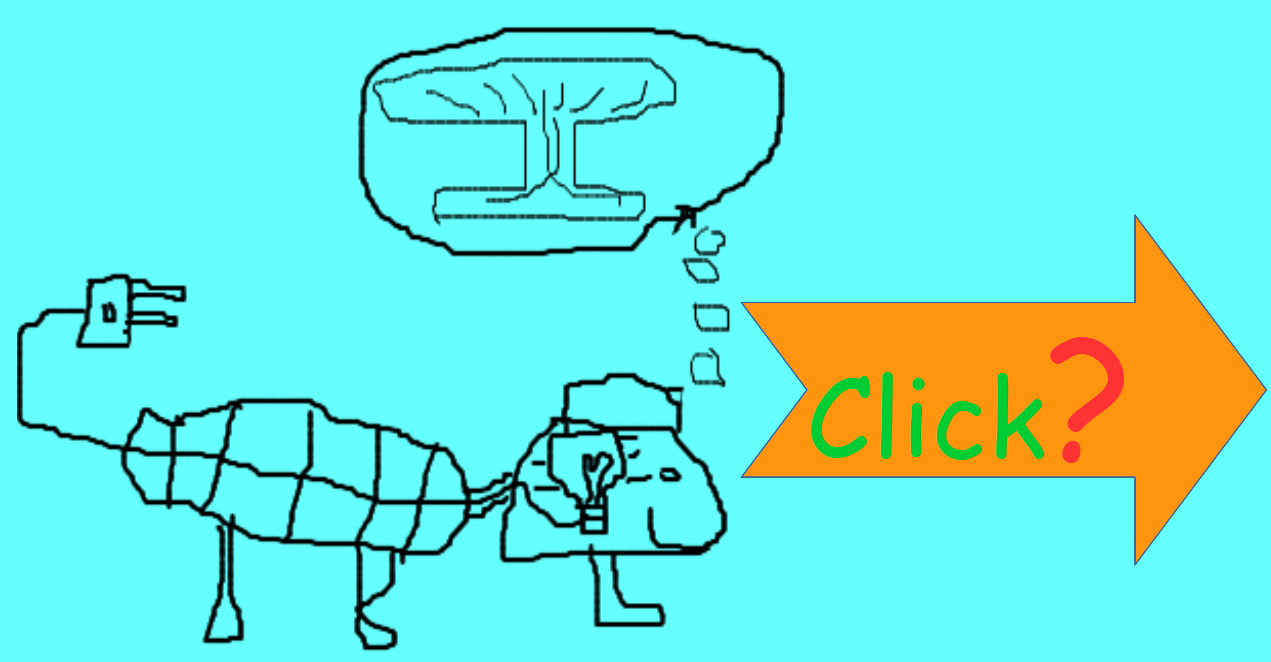page2015 Rings Matthias Lorentzen...mattegrisenforlag.com
Look at the picture beneath, then
scroll down to the question and click the correct Answer button.


Exercises: Ideals , Extensions & Vector Spaces
Exercise
Let us start with an exercise that bridges the concepts of ideals , simple extension fields,
and introduces vector spaces.
Exercise:Exploring a field E as a Vector Space.
Let F = `QQ` be the field of rational numbers. Consider the polynomial
`p(x) = x^2 - 2` `in QQ[x]`.
1. Show that the ideal `I = langle p(x) rangle` generated by p(x) in `QQ[x]` is a maximal ideal.
2. Deduce that the quotient ring `K = QQ[x]"/" I` is a field. This is a simple extension field of `QQ`.
3. Demonstrate that K is a vector space over `QQ`.
4. Find a basis for K as a vector space over `QQ` and determine its dimension.
Detailed Solution (including explanation of Vector Space theory used):
Before we dive into the solution , let us briefly revisit the definition of a Vector Space.
Introduction to Vector Spaces:
A vector space (or linear space) V over a field F is a set V equipped with
two operations:
1. Vector Addition: For any u , v `bb in V` , there is a unique element `bb {u + v in V}`.
2. Scalar Multiplication: For any c `in F` and u `bb {in V}` , there is a unique element
`c bb {u in V}`.
Continuing:
Solution:
Let us adress each part of the exercise:
1. Show that the ideal `I = langle p(x) rangle` generated by p(x) in `QQ[x]` is a maximal ideal.QED
2. Deduce that the quotient ring `bb {K = QQ[x]"/"I}` is a field.
QED
Understanding the Elements of `K = QQ[x]"/" langle x^2 - 2 rangle`:
The elements of K are cosets of the form f(x) + I , where `f(x) in QQ[x]`. Two polynomials
f(x) and h(x) are in the same coset , i.e. f(x) + I = h(x) + I , if and only if their
difference is in the ideal I : `f(x)- h(x)in I`. This means f(x) = h(x) (mod `(x^2 - 2)`). The crucial
property of working modulo `I = langle x^2 - 2 rangle` is that any multiple of `x^2 - 2` is
equivalent to zero in K. In particular:
`x^2 - 2 = 0` (mod `(x^2 - 2)`).
This implies `bb {x^2 = 2}` (mod `(x^2 - 2)`).
This congruence is what allows us to simplify polynomials in K. Any polynomial f(x) can be written
as `f(x) = q(x)(x^2 - 2) + r(x)` , where r(x) is the remainder after division by
`x^2 - 2`. Since `q(x)( x^2 - 2) in I`, we have
f(x) = r(x) (mod `(x^2 - 2)`). Because
deg `(x^2 - 2) = 2` , the remainder r(x) must have a degree less than 2. So r(x) must be of the
form ax + b , where `a , b in QQ`.
Therefore , every element in K can be uniquely represented by a coset of the form (ax + b) + I ,
where a , b `in QQ`. For simplicity and common practise , we often drop the "+ I" and just write
the element as ax + b , implicity understanding that `x^2 = 2` in this context.
How the elements in K look like:
They look like polynomials of degree at most 1: ax + b ,
where `a , b in QQ`.
Question
When demonstrating that the field `K = QQ[x]"/"langle x^2 - 2 rangle` is a vector space over
the field `QQ` , which of the following is a fundamental set of properties that must
be verified:
A) The set K forms an abelian group under addition , and the scalar multiplication by
elements of `QQ` must satisfy properties like associativity and distributivity over
vector addition.
B) The set K must form a commutative ring under addition and multiplication , but
the scalar multiplication properties do not need to be verified seperately
?
